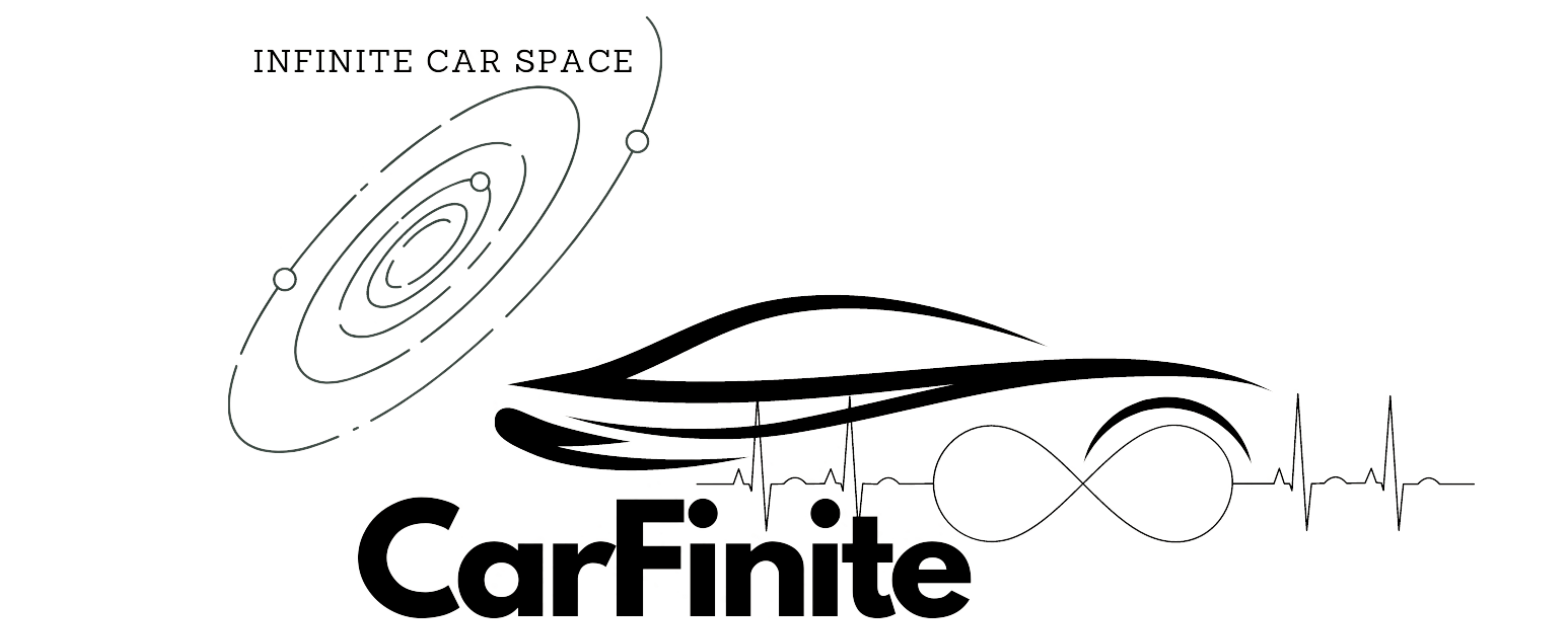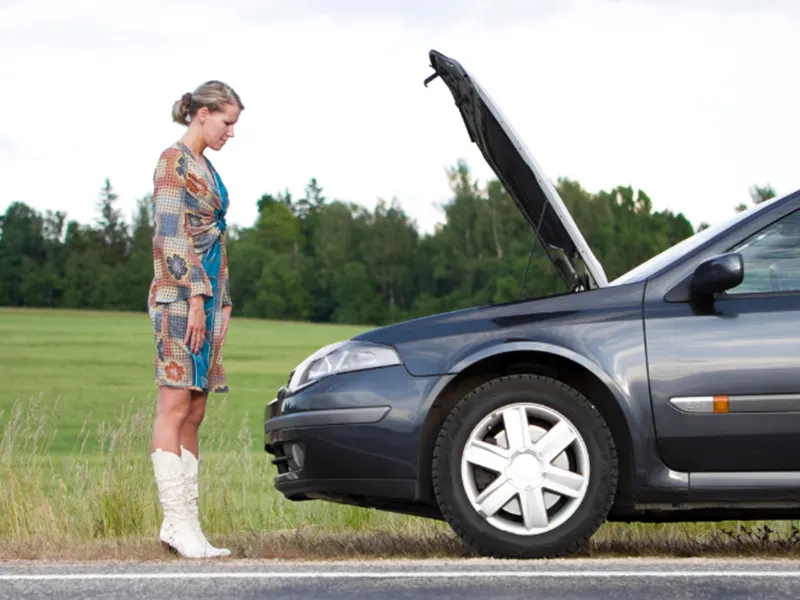The short answer is that you should not drive with broken motor mounts at all if possible. Driving any significant distance with damaged engine or transmission mounts can lead to catastrophic failure requiring extremely expensive repairs.
However, if absolutely necessary, driving a very short distance may be possible by going slow and gently accelerating.
This article will discuss the severe risks of driving with damaged motor mounts, symptoms that may indicate mount problems, preventative maintenance tips, when you should get mounts inspected, whether mount failure is common, if bad mounts cause shaking, and typical repair costs. By understanding the critical function of motor mounts, learning to identify signs of mount damage, and getting professional repair in a timely manner, major drivetrain damage can be avoided.
How long can you drive with broken motor mounts?
It is not recommended to drive with broken motor mounts at all. If it is absolutely necessary, you may be able to drive a very short distance with broken mounts, depending on the severity of the damage.
This would generally be limited to less than 50 miles, and extreme care should be exercised. Vehicle vibration will likely be apparent. Speeds should be kept very low, below 35 mph, and acceleration should be gradual. The vehicle should be towed or transported on a flatbed as soon as possible for repair.
The dangers of driving with broken motor mounts
Driving any significant distance with damaged motor mounts can lead to severe consequences:
- Engine damage: The engine may shift excessively, causing components like the oil pan, hoses, sensors and belt-driven accessories to fail. This can lead to complete engine failure.
- Transmission damage: Excess engine movement can damage the transmission housing, mounts, fluid lines and internal components. This is extremely expensive to repair.
- Drive shaft damage: Angular misalignment can damage universal joints and carrier bearings in the driveshaft, necessitating replacement.
- Loss of vehicle control: Excessive engine movement alters weight distribution and suspension geometry, which along with vibration, impacts steering, braking and handling. This increases the risk of an accident.
What are the symptoms of broken motor mounts?
Typical symptoms that indicate broken motor mounts include:
- Excessive vibration felt in the steering wheel, seat, floorboard or other parts of the chassis at idle or when accelerating.
- Clunking, banging or loud knocking from underneath when shifting gears or speeding up.
- Difficulty shifting gears, with unusual noises or resistance felt through the shifter.
- Increased engine noise and shaking both inside the vehicle and noticeable from outside.
- Oil leaks coming from the engine or transmission seals and gaskets.
How to prevent broken motor mounts
Some tips to help prevent motor mount failure include:
- Regular oil changes using the manufacturer’s recommended weight and grade of motor oil. This maintains proper viscosity and lubrication.
- Avoiding excessive engine rpm and over-revving. This overstresses the mounts.
- Not overloading the vehicle with passengers and cargo beyond its gross vehicle weight rating.
- Having the condition of the motor mounts inspected periodically as part of routine maintenance.
When to get your motor mounts inspected
The motor and transmission mounts should be included in a comprehensive preventive maintenance schedule. Most mechanics recommend inspection every 30,000 miles or 36 months, whichever comes first.
More frequent inspection such as every 15,000 to 20,000 miles is a good idea if you frequently carry heavy loads or tow a trailer. Any time symptoms of worn mounts occur, have them looked at immediately by a professional technician. Catching problems early can prevent more extensive damage.
Can I drive my car with bad motor mounts?
No, you should not drive with bad or broken motor mounts. The risks include severe engine and transmission damage which can leave you stranded or cause a loss of vehicle control leading to a collision. Have the vehicle towed to a repair shop immediately to avoid making the problem worse.
Is it common for motor mounts to break?
It is not necessarily common for motor mounts to break if vehicles are properly maintained. However, aging, high mileage and worn mounts are vulnerable to failure, especially if severe loads are placed on the drivetrain. Manufacturing defects and use of low-quality replacement parts can also lead to premature mount failure. Maintaining your vehicle well and not overlooking symptoms of bad mounts are key to avoiding problems.
Can a broken motor mount cause shaking?
Yes, a broken motor mount commonly causes pronounced shaking and vibration throughout the vehicle at idle and when accelerating. Anything from minor vibrations to heavy shaking of the steering wheel, seat and chassis can occur depending on the severity of the mount failure. If you experience new or increased shaking, get your mounts checked right away.
How much does it cost to repair a motor mount?
Motor mount replacement costs typically range from $200 to $700 per mount, including parts and labor. The engine mounts are usually the most expensive to replace.
Costs depend on the labor time for your specific vehicle and what mounts need replacement. Diagnosis of the bad mounts adds about $100 to $200. Using OEM parts costs more than aftermarket components. For the full repair, expect to pay $500 to $1,500 or more.
Conclusion
Motor mounts, despite their understated importance, demand as much attention as any high-profile component of your vehicle. The repercussions of neglected motor mount health can ripple through your vehicle’s system, culminating in a compromised driving experience, or worse, a road hazard. Regular inspections, adherence to maintenance schedules, and observant driving habits form the triad of best practices that can spare you from the unwelcome surprises and expenses that come with motor mount failures. In this regard, safe driving is not just about road rules but extends to vehicular health and respect for its interdependent mechanisms.

John Smith, a Los Angeles-based car specialist and automotive writer, boasts over 20 years in the industry. With a background as a master technician and a decade-long writing stint at notable automotive publications, John now shares his expansive knowledge on CarFinite, simplifying car maintenance for readers.

